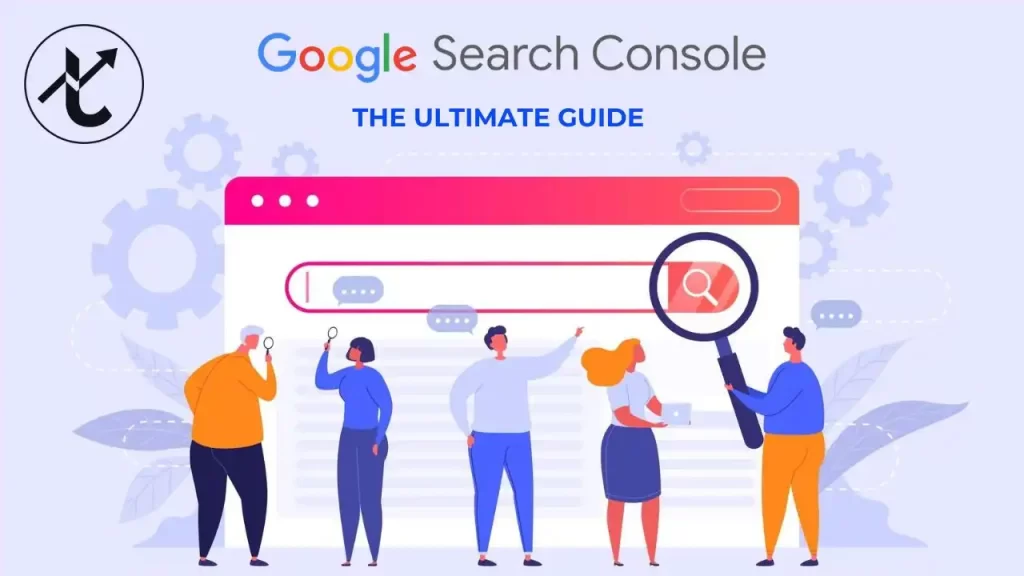Video content continues to dominate in 2025, becoming a leading way people consume information online. Whether you want to grow your brand, drive traffic, or increase sales, focusing on Video SEO is crucial. Optimizing videos ensures they rank high not only on YouTube but also across Google’s search engine results. This blog walks you through how to rank YouTube videos fast, sharing key video marketing strategies and a comprehensive video SEO checklist designed to accelerate your success in 2025.
Understanding How to Rank YouTube Videos
Ranking YouTube videos effectively means understanding the platform’s evolving algorithm. YouTube uses a mix of metadata and user engagement metrics to rank content. Important ranking factors include:
- Keywords in Title, Description & Tags: Including researched keywords helps the algorithm understand your video. Use these naturally and focus on long-tail keywords.
- Watch Time & Audience Retention: YouTube prioritizes videos that hold viewer attention longer. Aim for engaging content that keeps viewers watching till the end.
- Engagement (Likes, Comments, Shares): Active user interaction signals high-quality content to YouTube.
- Click-Through Rate (CTR): Compelling thumbnails and titles improve clicks from search results and suggestions.
- Channel Consistency: Uploading regular content builds trust and tends to get videos ranked faster.
- Viewer Satisfaction: Survey responses and feedback, like “Not interested” clicks, influence rankings.
Balancing optimization for both YouTube Search and Suggested Videos helps maximize views from deliberate searches and personalized recommendations.
Effective Video Marketing Strategies for 2025
- Know Your Audience’s Intent: Tailor videos to solve specific problems or entertain based on viewer interests.
- Post Consistently: Maintain a regular upload schedule to build momentum.
- Create Playlists: Organize videos by topic to boost watch time and session duration.
- Optimize Video Length: Videos between 7-15 minutes offer a good balance of depth and viewer retention.
- Promote Across Platforms: Share videos on social media, blogs, and newsletters to amplify reach.
- Use Interactive Features: Cards and end screens keep viewers engaged and guide them to more content.
- Review Analytics: Use audience data to improve future videos and content strategy.
These strategies help both gain new viewers and retain your existing audience effectively.
Comprehensive Video SEO Checklist
- Keyword Research: Use YouTube autocomplete, TubeBuddy, or VidIQ to find target keywords.
- Optimize Metadata: Incorporate keywords in titles (first 60 characters), descriptions (include 2-3 keywords), and tags.
- Create Custom Thumbnails: Use bright colors, clear fonts, and emotional facial expressions to improve CTR.
- Add Captions and Transcripts: Improve accessibility and indexability.
- Embed Videos on Your Website: This drives backlinks and increases watch time signals.
- Use Video Schema Markup: Help Google understand your videos for better SERP display.
- Mobile Optimization: Ensure videos and pages load fast on all devices.
- Maximize Engagement: Encourage likes, shares, and comments via clear calls to action.
Following this checklist boosts chances of ranking and helps videos appear in Google’s universal search results and video carousels.
Bonus Tips to Maximize Your Video Rankings
- Keep video titles descriptive and keyword-rich yet catchy.
- Focus on creating high-retention videos by hooking viewers early.
- Collaborate with other YouTubers and brands to attract wider audiences.
- Experiment with trending topics while maintaining your unique angle.
- Monitor YouTube analytics frequently to adapt and optimize.
Conclusion:
Mastering Video SEO is key to dominating Google and YouTube in 2025 because video content has become one of the strongest drivers of engagement, traffic, and conversions online. Videos naturally keep users on your page longer, sending positive signals to search engines like Google, which value user experience highly. Case studies have shown that adding even short videos to product pages or blog posts can increase organic traffic by over 50%, reduce bounce rates, and improve lead generation significantly. For example, River Pools and Spas saw a 50% surge in organic traffic and a 34% increase in leads just by embedding helpful videos answering common questions.
Furthermore, YouTube is the world’s second largest search engine. By consistently applying video SEO principles—using researched keywords, engaging content structure, and optimized metadata—you greatly increase your chance of appearing not only on YouTube search results but also Google’s universal search and video carousels. Brands like Brafton and Yans Media have reported over 100% increases in organic search traffic and conversions by integrating videos and following video SEO best practices. Video SEO isn’t just a way to boost rankings; it’s a powerful tool to build trust, demonstrate expertise, and connect deeply with your audience, making it essential for any digital marketing strategy in 2025.
FAQs
Q1: How long does it take to rank YouTube videos?
The time it takes to rank YouTube videos can vary widely depending on factors like competition, video quality, SEO optimization, and audience engagement. Generally, new videos may start showing noticeable rankings within 2–8 weeks, but it can take several months for consistent top rankings. Optimizing your title, description, tags, thumbnail, and engagement signals can significantly speed up the process.
Q2: What video length is best for SEO?
The ideal video length for SEO depends on your content and audience, but generally, videos between 7–15 minutes perform best. Longer videos allow you to provide more value, keep viewers engaged, and increase watch time—all important ranking factors for YouTube and Google. However, the key is to focus on quality and engagement rather than just length.
Q3: Do captions affect video SEO?
Yes, captions can positively affect video SEO. Adding captions or subtitles makes your content more accessible and improves viewer engagement, which are key ranking factors. Additionally, captions provide text that search engines can crawl, helping your video appear in relevant search results and boosting overall SEO performance.
Q4: Is consistent posting important?
Yes, consistent posting is very important. Regular uploads show YouTube and your audience that your channel is active, which helps build authority, retain subscribers, and improve rankings. Maintaining a consistent schedule also keeps viewers engaged and encourages better watch time, both of which are crucial for video SEO.




